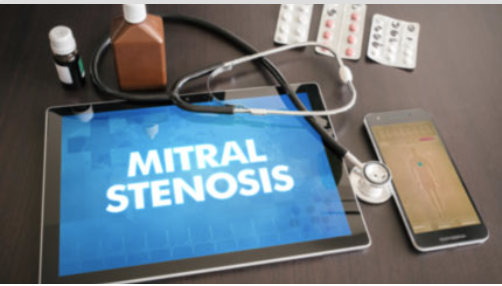Mitral Stenosis Top 10

Mitral stenosis typically results from rheumatic fever and is a late manifestation of the condition known as rheumatic heart disease. Mitral stenosis is often associated with massive enlargement of the left atrium which results in atrial fibrillation – patients with mitral stenosis are therefore at significant risk of thromboembolic complications. Numerous therapies have developed over time, including mitral commisurotomy, mitral balloon valvuloplasty, and mitral valve replacement. Because mitral stenosis can occur in young women, the management of pregnancy, anticoagulation, and valve replacement can be complex. Understanding the pathophysiology and natural history of mitral stenosis is critical to proper management and the natural history of the patient with a prosthetic mitral valve must also understood by cardiologists and other clinicians working with these patients.
In this course, you will learn:
- To enumerate the common etiologies and associated pathophysiology of mitral stenosis.
- To identify the typical patient presentation scenarios in patients with mitral stenosis including thromboembolic complications and right heart failure related to pulmonary artery hypertension.
- To characterize physical findings as suggesting mild versus severe mitral stenosis.
Method and medium:
Learners participate in the interactive learning modules by correctly answering multiple choice questions dispersed throughout. Learners will be prompted to try again if a question is answered incorrectly.
The course will open in a new tab – to exit the course, simply close that tab.
Estimated time to Complete: 15 minutes
Credit/contact hours: .25
Expiration date: March 7, 2021
Course published March 8, 2018
